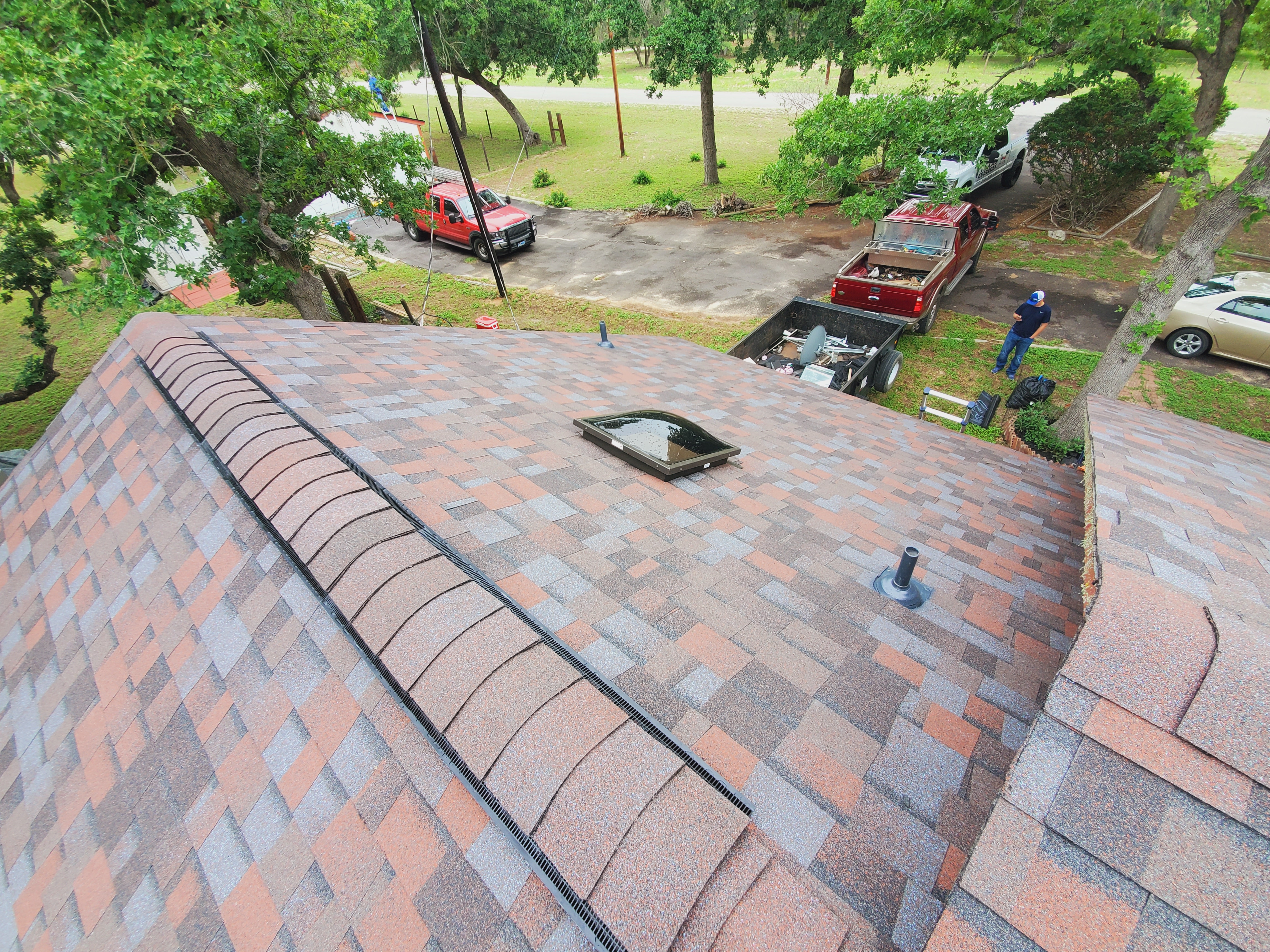Roof ventilation is an essential component of any roofing system, yet it is often overlooked or misunderstood by homeowners. Proper roof ventilation plays a critical role in maintaining the health of your roof and your home. In this blog post, we’ll explore the importance of roof ventilation and what you need to know to ensure your roofing system is properly ventilated.
Why Is Roof Ventilation Important?
Roof ventilation is essential for several reasons. Firstly, it helps regulate the temperature in your attic space. During hot summer months, temperatures in an unventilated attic can reach well over 100 degrees Fahrenheit. This excessive heat buildup can transfer to your living spaces, making your home uncomfortable and driving up your energy bills.
Secondly, proper ventilation helps prevent moisture buildup in your attic. Moisture can be introduced to your attic space in several ways, such as from everyday activities like cooking and showering or from outside sources like rain or snow. Without adequate ventilation, this moisture can accumulate and cause damage to your roof structure and insulation.
Finally, proper roof ventilation can extend the lifespan of your roofing system. Excessive heat and moisture can cause shingles to deteriorate prematurely, leading to costly repairs or even a complete roof replacement.
What Are the Signs of Poor Roof Ventilation?
There are several signs that your roof may be poorly ventilated, including:
- Excessive heat in your attic space
- Mold or mildew growth in your attic
- Ice dams forming on your roof during winter
- Shingles that are curling or deteriorating prematurely
If you notice any of these signs, it’s crucial to have your roof inspected by a professional to identify any ventilation issues and address them promptly.
How Can You Ensure Proper Roof Ventilation?
The best way to ensure your roof is properly ventilated is to have it inspected by a professional roofing contractor. A roofing expert can assess your current ventilation system and identify any issues that need to be addressed.
If your roof does require additional ventilation, a roofing contractor can recommend the best ventilation solution for your home’s unique needs. This may include installing additional vents or improving existing ones, depending on the type of roofing system you have and the climate in your area.
Texas Roofing
Proper roof ventilation is critical for the health of your roofing system and your home. At Texas Roofing, we specialize in roof inspections and ventilation solutions to help ensure your roof is functioning at its best. Contact us today to schedule your roof inspection and ensure your roof is properly ventilated.

